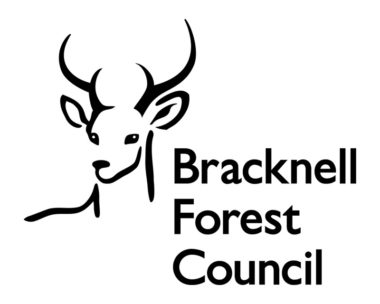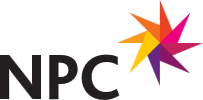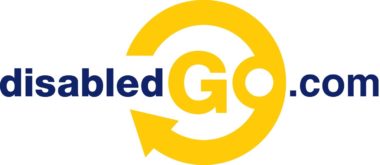This blog is a continuation of our new series, looking into what comparisons can be made between inaccessible elements on websites which were inspired by an AXSChat Podcast.
After finishing my original blog, I decided to expand and tell you a bit more about specific areas of assistive technology features that should be used and be accessible within a digital platform. This should be the case whether on a website, a document, or any other digital information.
In this blog, we are looking into how the use of heading levels aids with accessibility.
Heading Levels Assist Screen Reader Users
When a screen reader user opens a document or web page, which has no headings within it, they know it is going to be difficult to get the information they need.
Putting heading levels on a page is a vital method of navigation for a screen reader user. It allows them to manoeuvre around content freely and quickly.
Headings provide a snapshot of the information contained within each page. Allowing the user to assess whether the document or web page content is relevant to them.
How to Structure Heading Levels
So, what’s the correct way to structure your headings? By nesting them, starting with the most important being <h1> – which there should only be one of per page. It’s also important not to skip heading levels, as this can cause confusion for the user. For example, <h2> should not be followed directly by a <h4>.
How Implementing Heading Levels Also Assists Content Editors
As well as making the document’s navigation accessible, using headings is a great tool for page authors.
Using heading levels in a document allows content editors to be able to swiftly and easily change the heading formatting (such as the font type, size, and colour) throughout an entire document in just a couple of clicks. This is a much more efficient way than having to individually go through every heading, especially if it is a very large document.
What if Newspapers Had No Formatting?
Imagine if the front page of a daily newspaper did not have different font sizes, colours, and spacing. This would make it difficult to determine what information the paper was offering.
Most people would want to know:
- What the main headline is.
- What other stories can be found in the newspaper without having to scan through every page of the entire press release
The likelihood is not many people would be inclined to buy one in this format. As a result, the newspaper firm would be left with no customers…and eventually no newspaper to sell!
What if Factual Books Had Meaningless Content Pages?
Headings act much in the same way as a list of contents in a factual book. The contents page describes exactly what subjects can be found on that page, but in a condensed form. Now, just imagine reading those bits of text if they weren’t descriptive, giving no details on chapters or page content. This would render the book’s content page to be pointless, as it would not assist you in any way in finding the areas that you want to read.
Now you understand why it’s always essential to add clear headings to all of your documents and web pages.
Eliminating Inaccessible Digital Platforms
I know I have used this last paragraph at the end of each of this series of blogs, but it relays the important message of all the blogs written:
These are just a few comparisons between most people’s everyday life experiences to one of the inaccessible features of digital information in their life. However, there really is no need for any inaccessible areas, as there are always alternatives.
Think about when you could not get access to something. Whether it is in a shop or around your normal life experiences. There is no real reason why you should not be able to gain access. It is usually due to someone having made it inaccessible to you because of the design and not thinking of your individual needs as a customer in a specific situation.
It’s time to make a change and be inclusive. Over the coming months, I’ll be blogging about ways that you can adapt your websites to achieve accessibility and improve the user experience for everyone.







